Ecological education and understanding in South Puget Sound
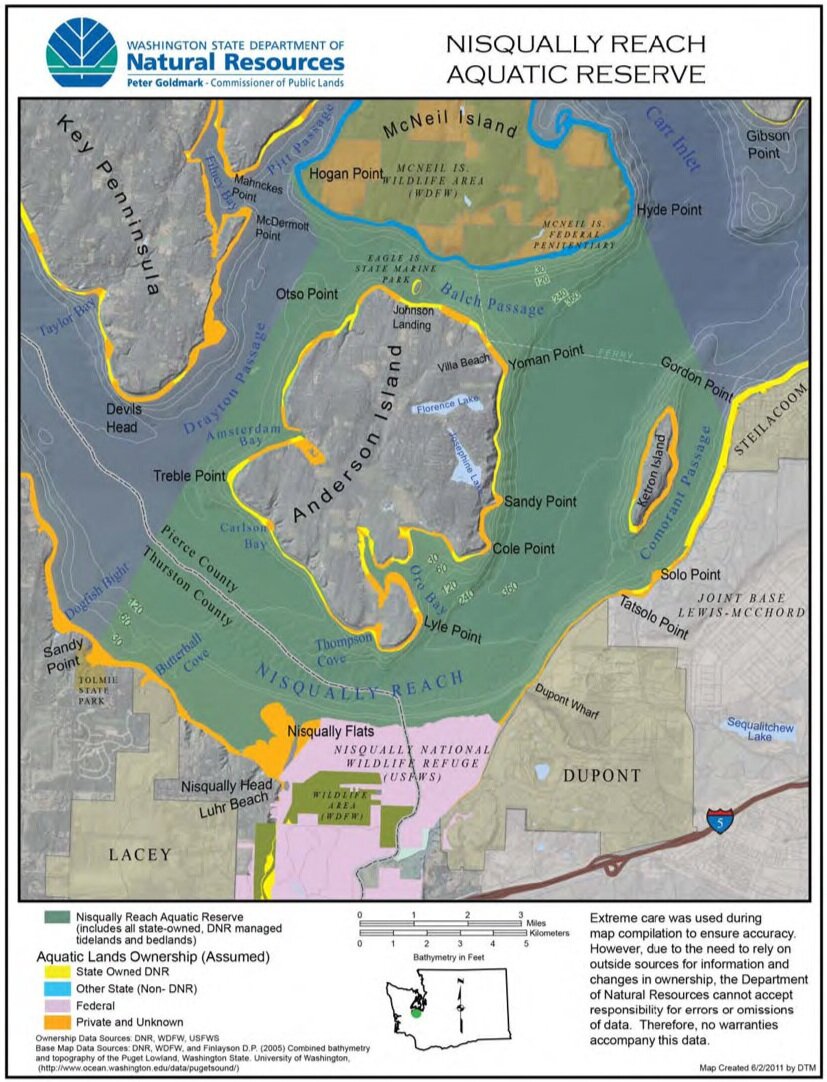
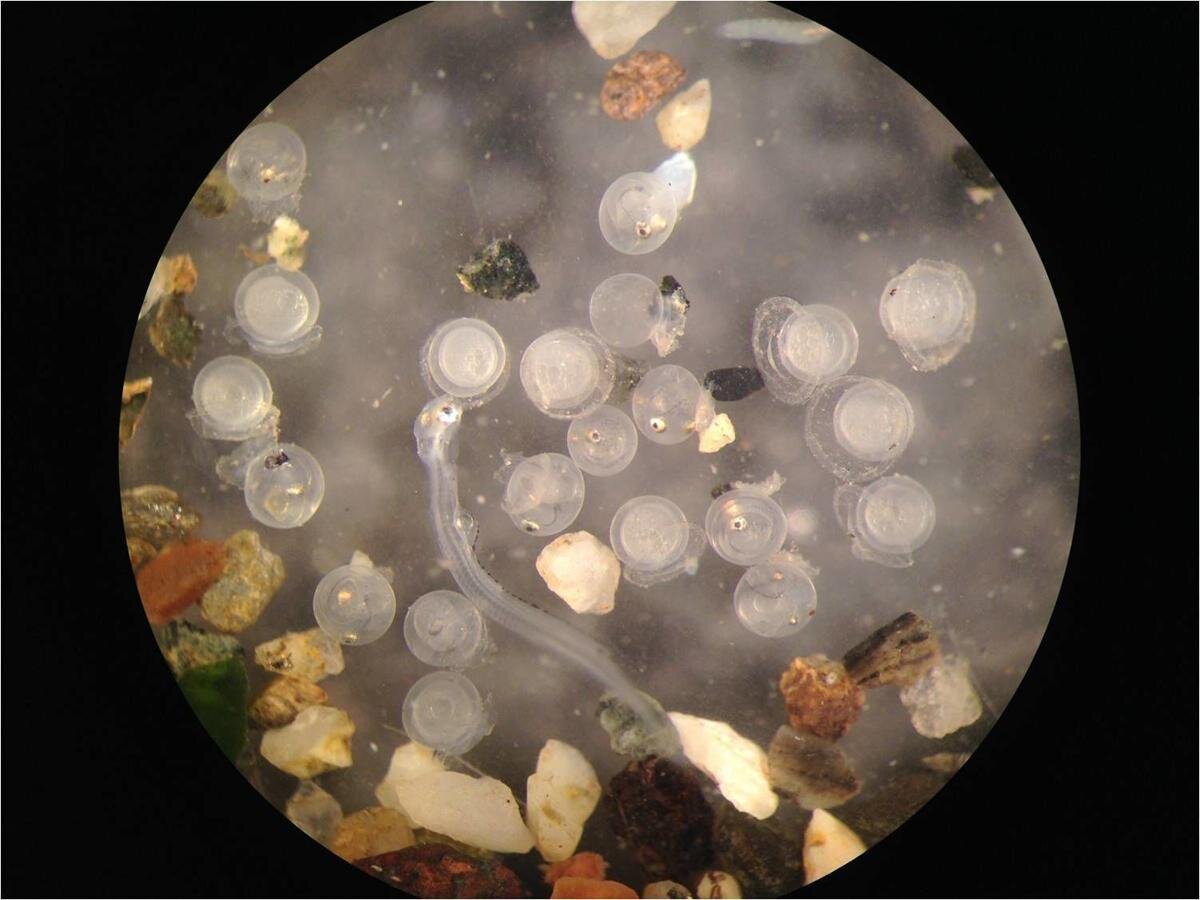
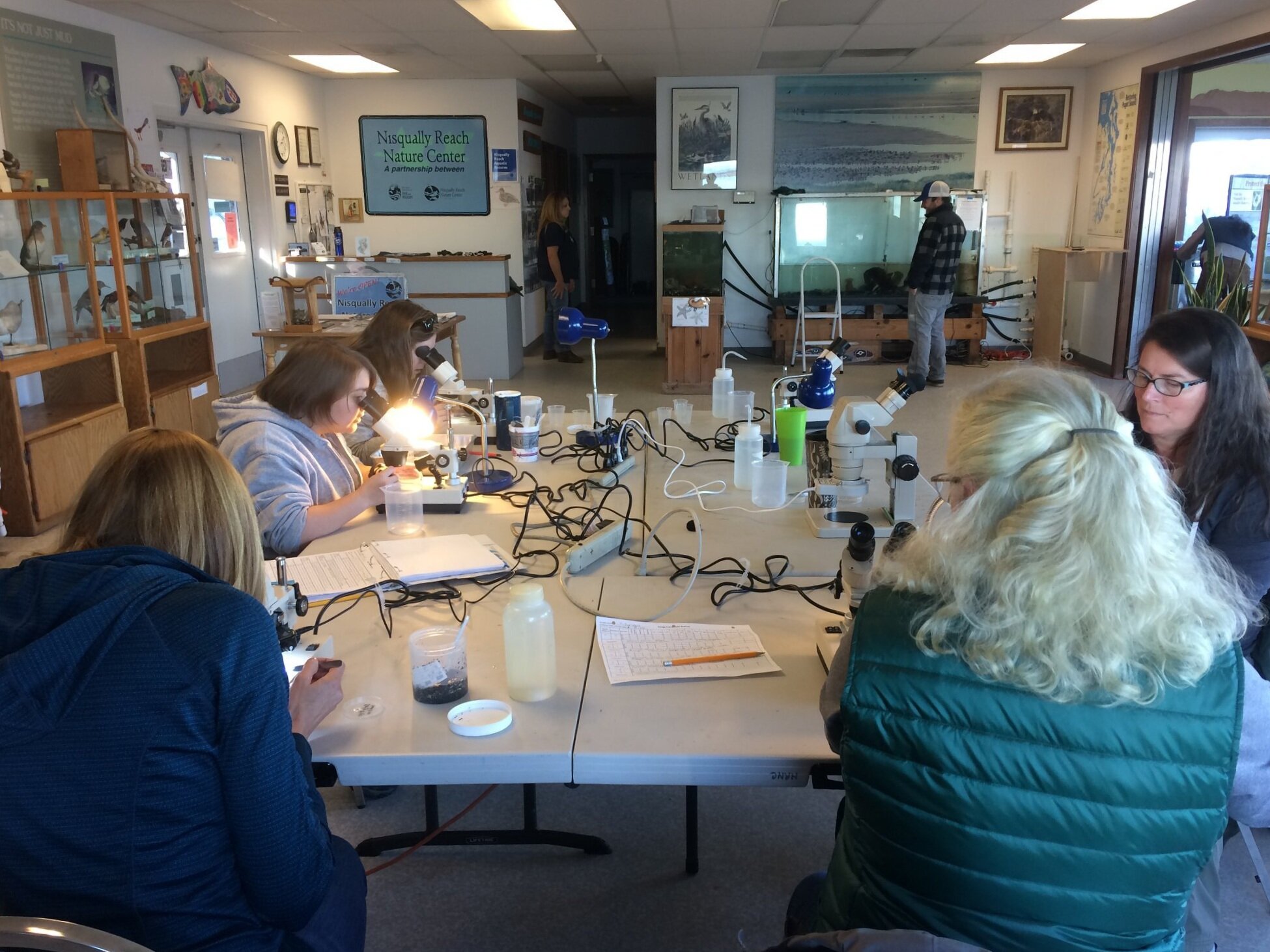
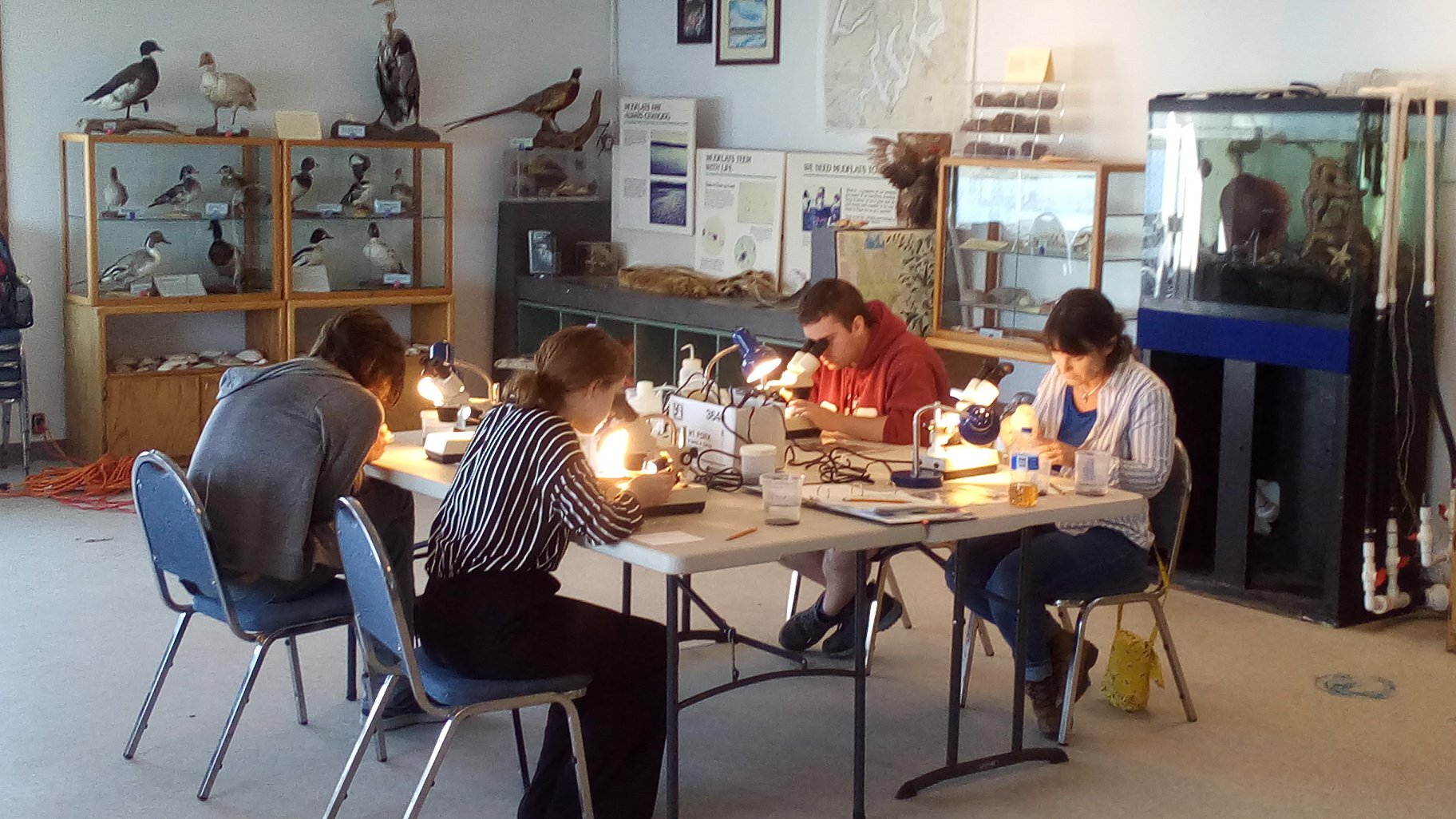
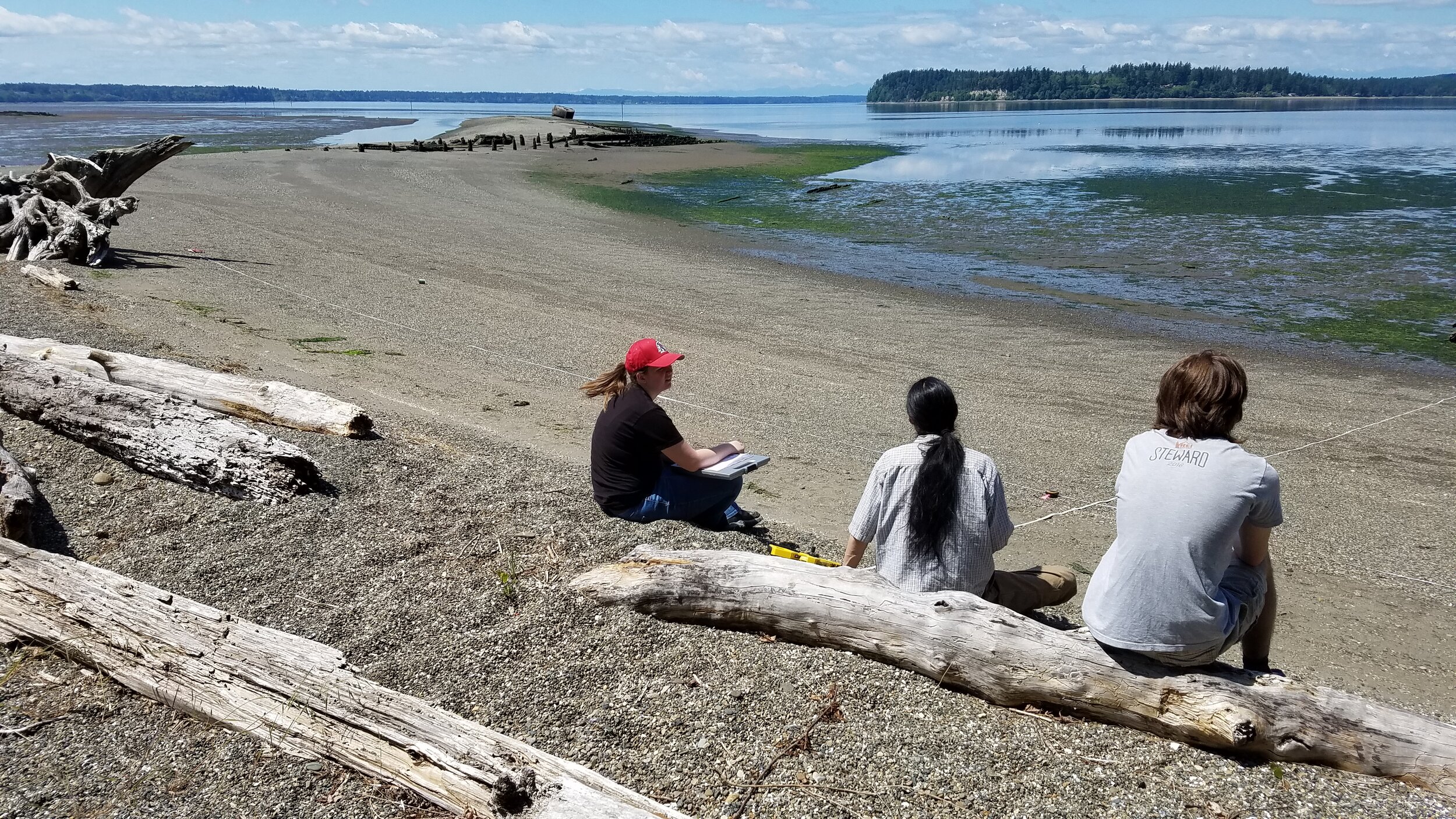
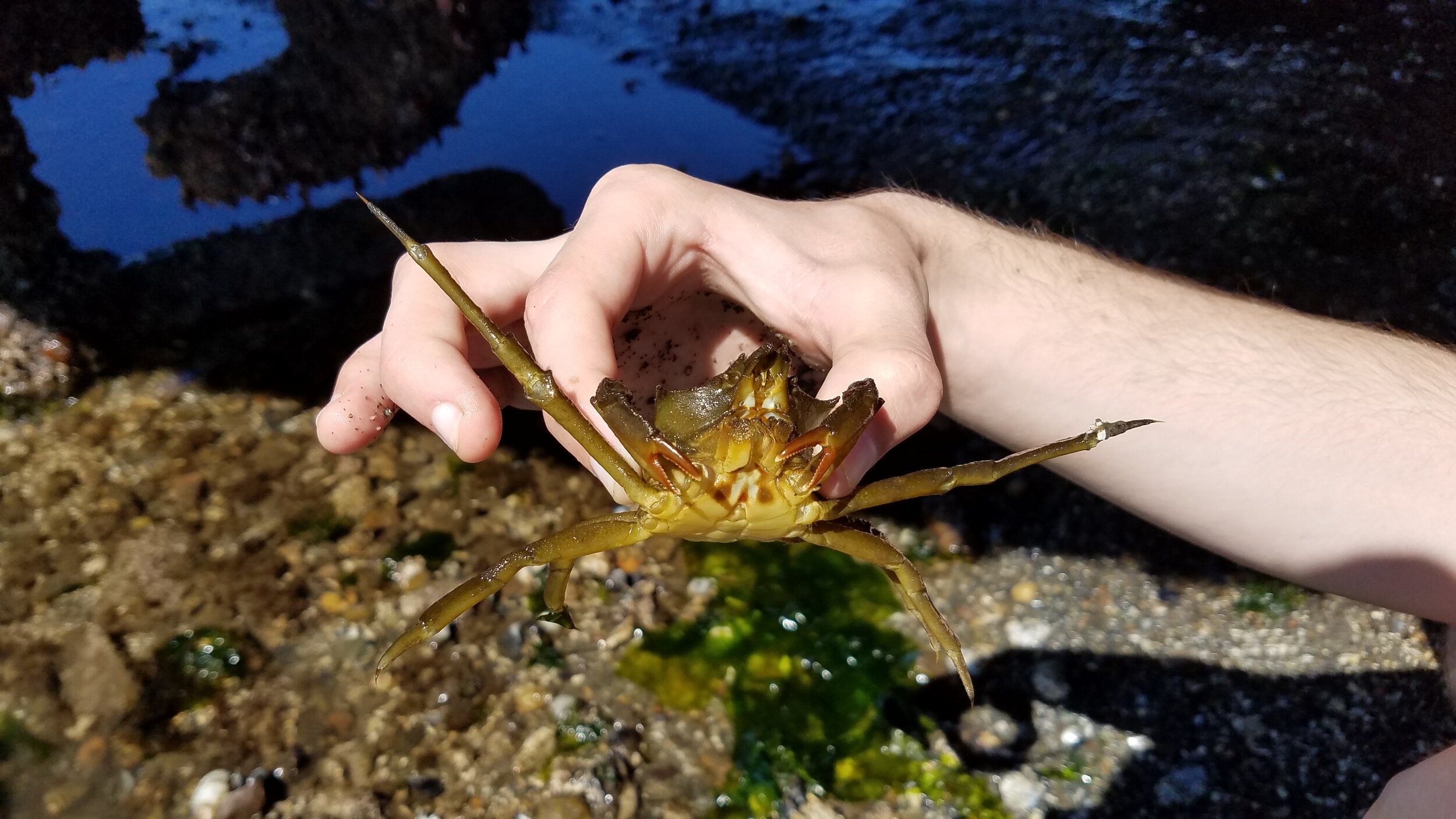


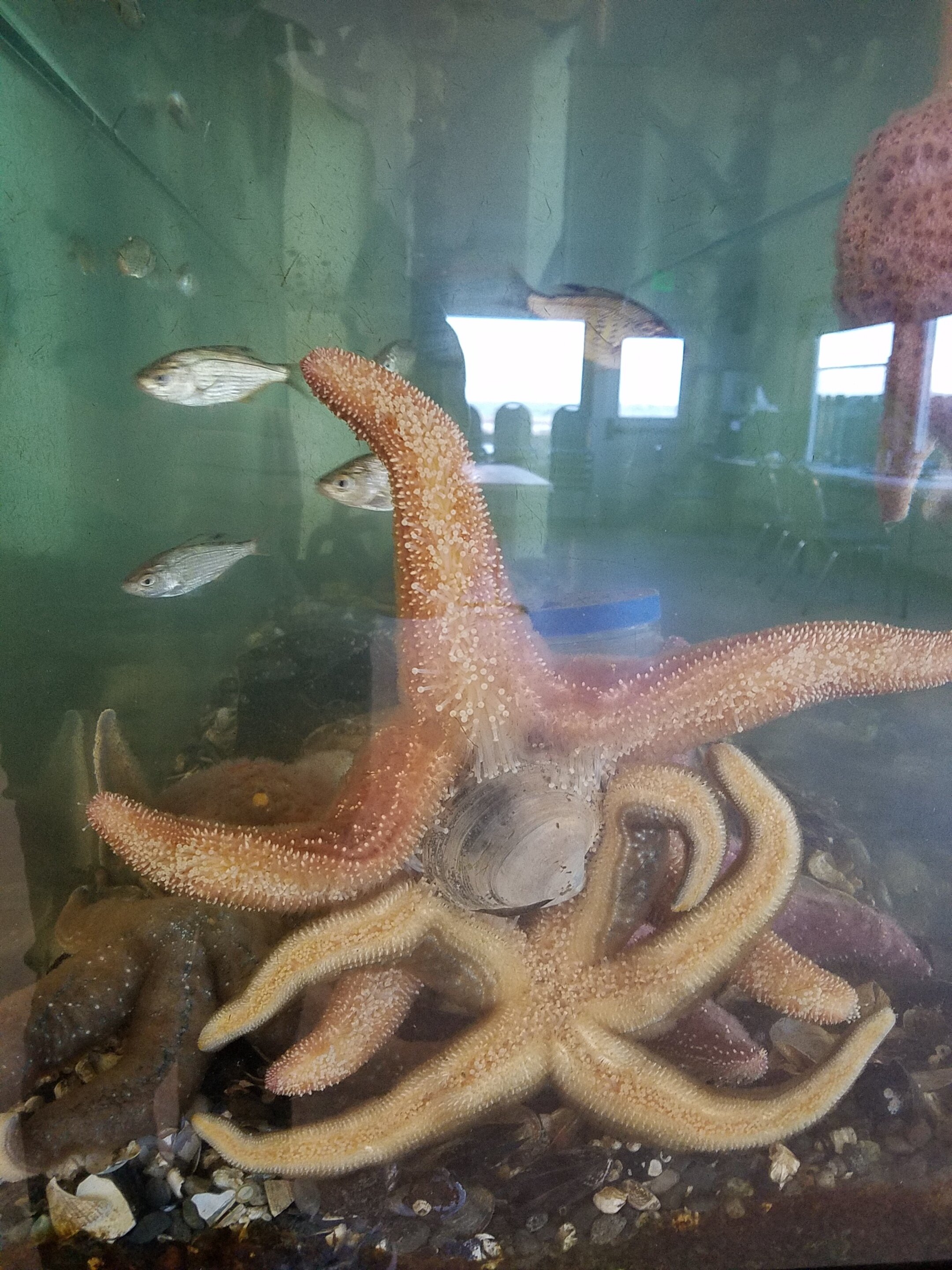

In January of 2019, I joined a team of weekly volunteers aiding the Nisqually Reach Nature Center with its Citizen Science: Forage Fish program.
Forage fish - including the two species we survey, surf smelt and sand lance - are an important source of food for the various marine life found in Puget Sound. By helping to monitor the quantity and location of forage fish spawning sites around the Sound, volunteers such as myself can greatly extend the scientific capacity of the NRNC (and, by extention, the Washington DNR and DFW). The data we collect is crucial in the ongoing development of both policy and land management for these agencies and, ultimately, for the continuing health of the local marine ecosystem.
Several times a month, I join the NRNC’s Scientific Director and a handful of other volunteers on field collection outings. We visit several beach sites located around the Sound Sound area and collect bags of sand from the intertidal zones where forage fish eggs are most likely to be found. We then bring these samples back to the lab where we process them through a series of smaller and smaller sieves to isolate the appropriately sized sand particles. Finally, we examine the beach sample contents under a microscope to (hopefully) locate the eggs. The collected eggs are then “staged” to determine where in the development process they are.
More information on the Nisqually Reach Nature Center and its mission, click here.
Summer camp counselor
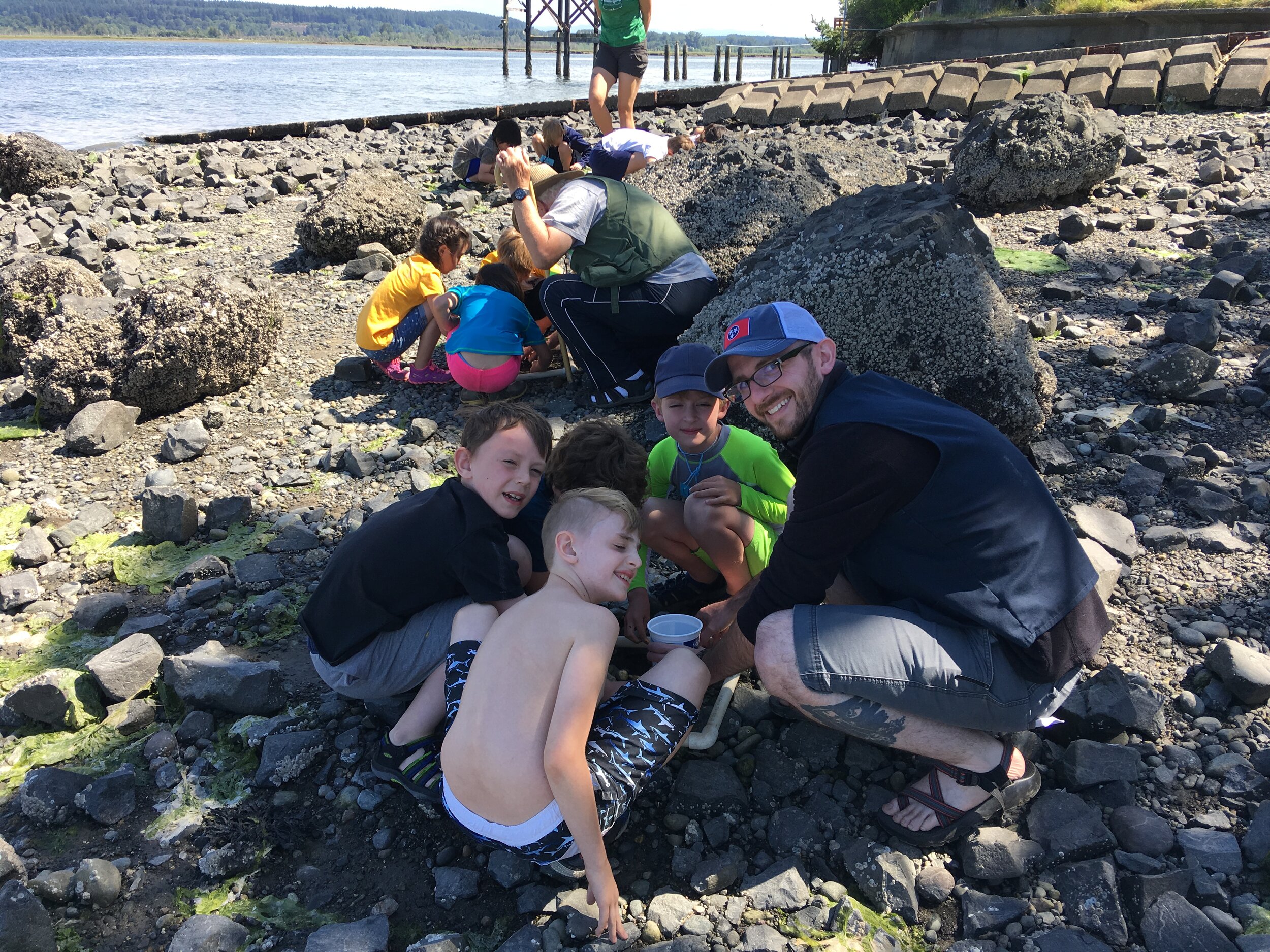
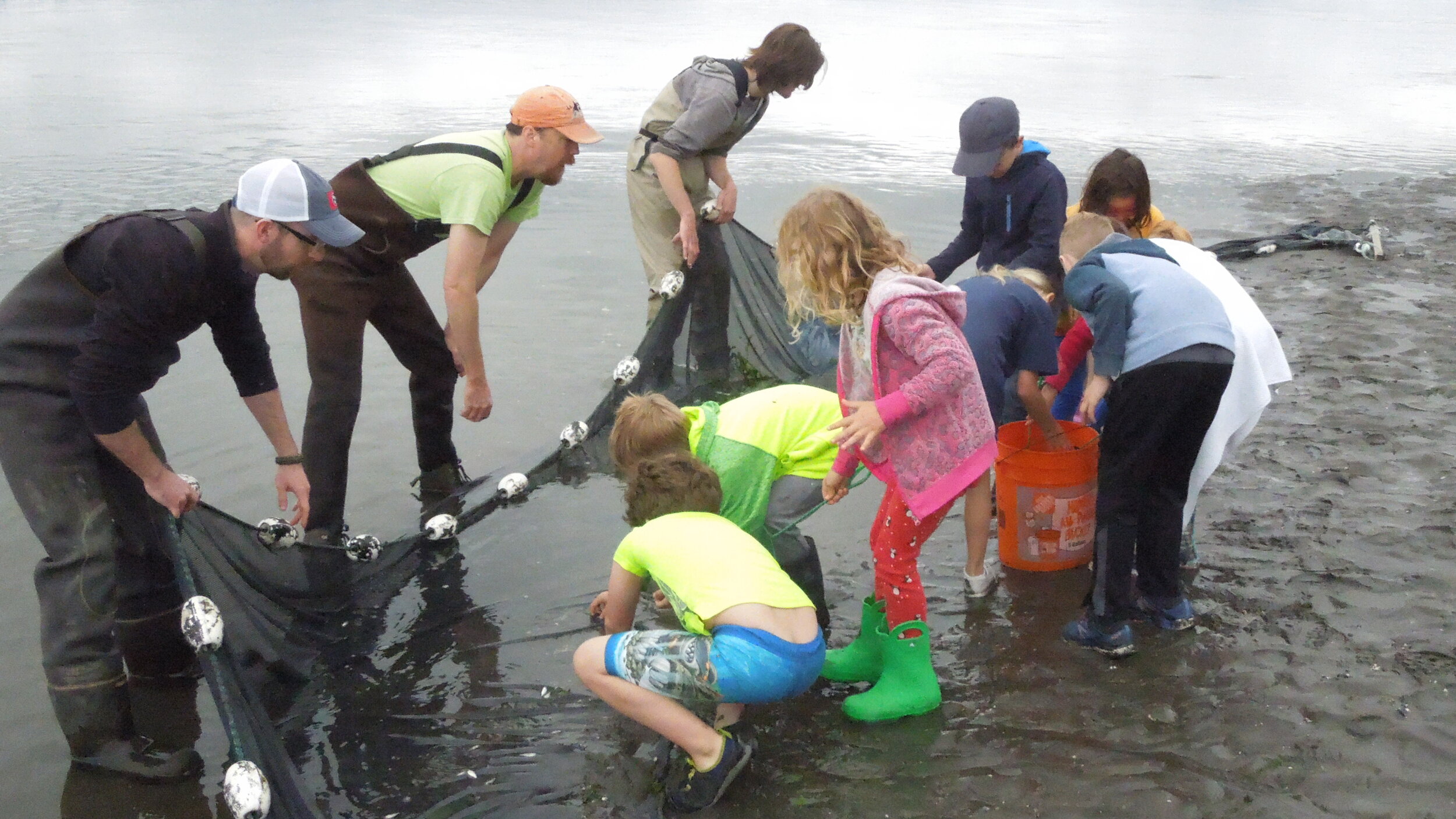

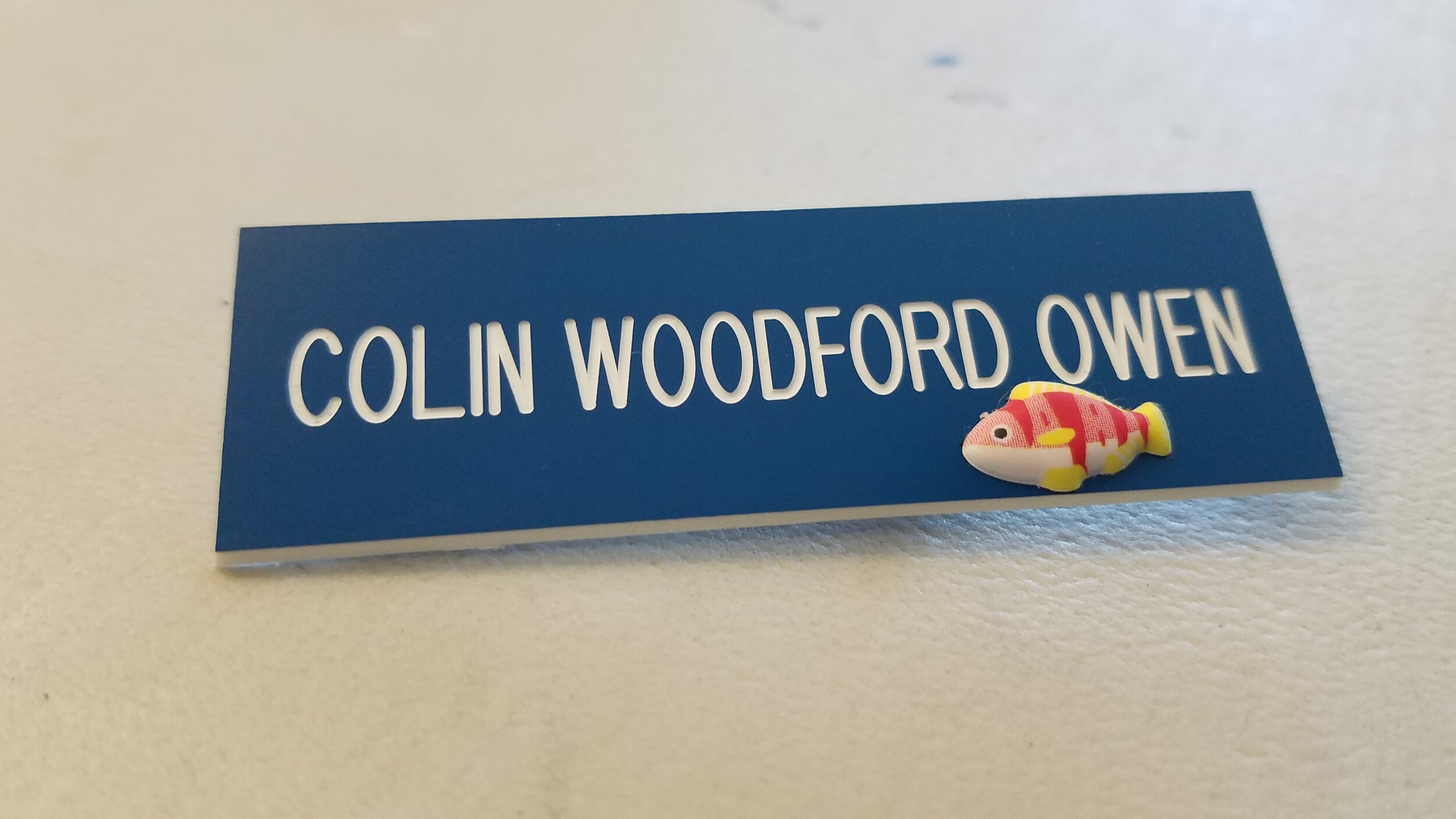
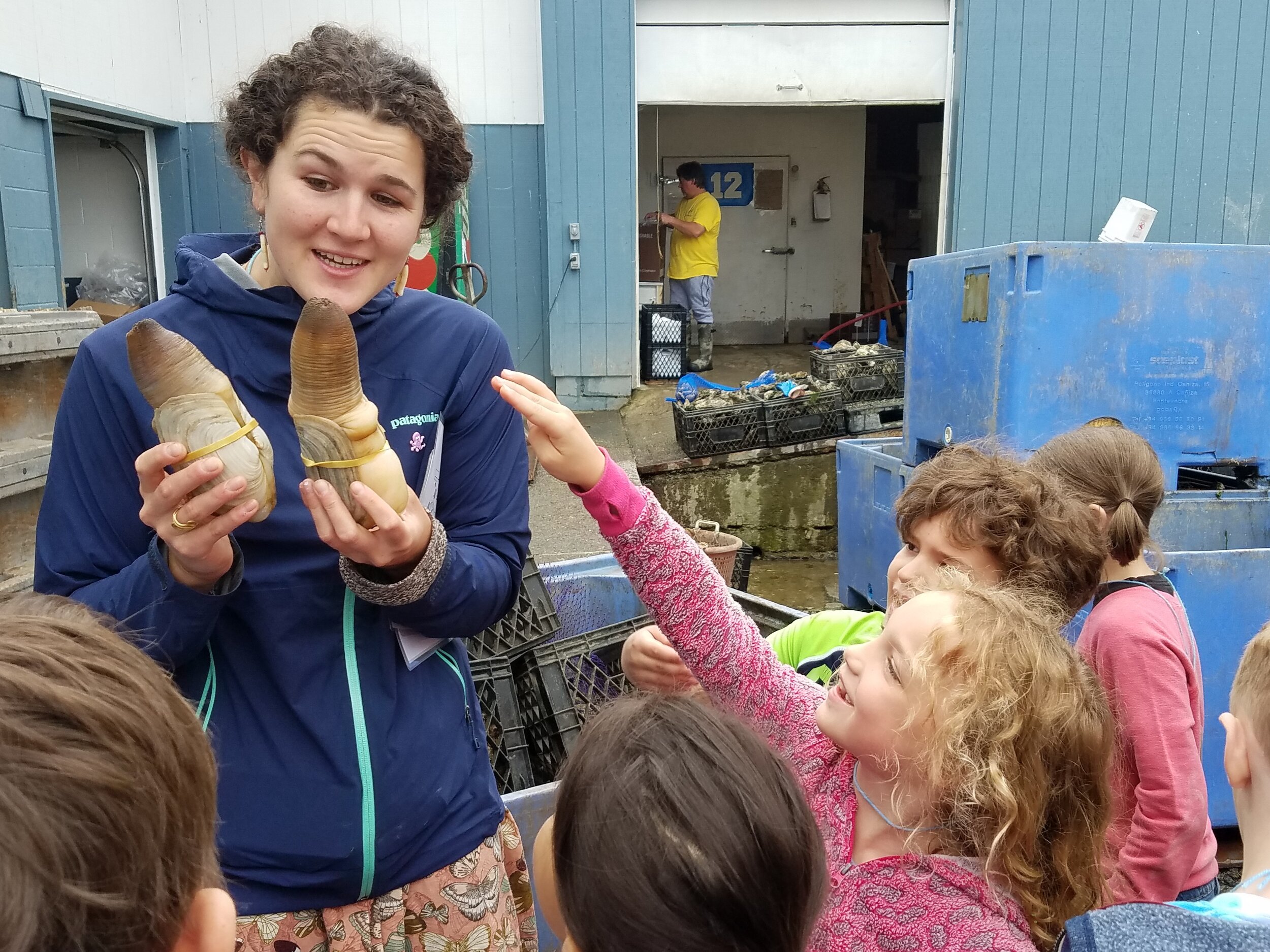
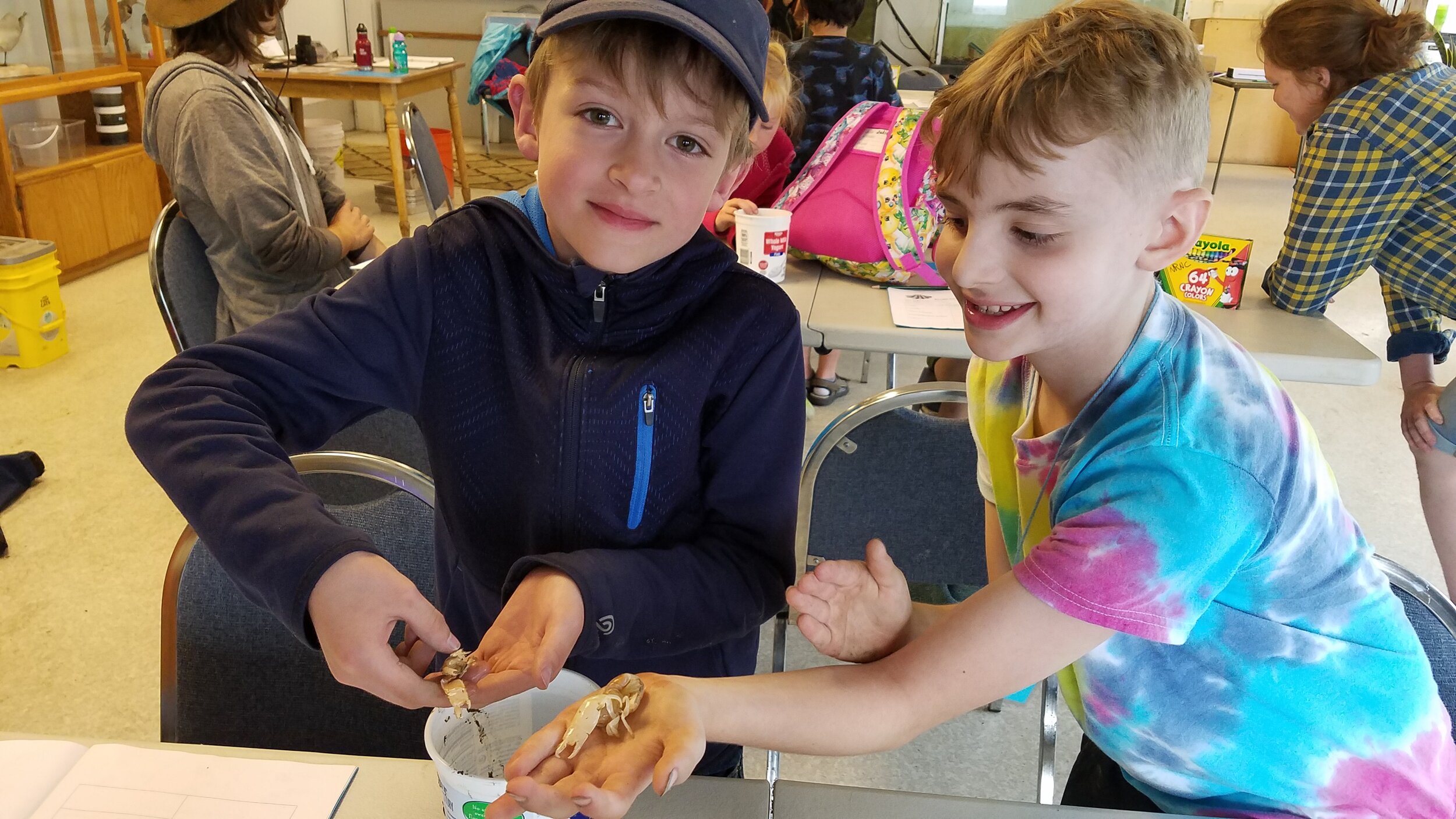
During the summer of 2019, I joined the NRNC Education Director and other volunteers for a series of ecology-themed summer camps. Volunteering as a day camp counselor and team leader, I worked with connecting kids (ages 7-12) to nature through an agenda of hands-on, inquiry-based science lessons.
These camps emphasize basic science concepts through engaging activities, educational games and free time on the beach. Workbooks given to each student contain information about beach etiquette guidelines, worksheets for recording data, word games, and puzzles, as well as identification pages for local estuary plants and animals.
Though my knowledge of marine ecology is still very much a work in progress, I was able to use my background as a landscape architect and environmental planner to help the kids look critically at the landscape around them and better understand how their individual actions, however small they may seem, could make the planet a better place.
graphic design
As the NRNC staff became more aware of my professional background over time, they began tapping me for some of their graphic design needs. Consistently impressed with the end results (and seeing an uptick in public interest as a result), they now come to me exclusively for their public events.
I am also their de facto website designer, providing updates, maintenance and troubleshooting for their Wordpress site. I work closely with the center’s Executive Director to identify how best to structure website additions for maximum user engagement and how to reconfigure existing site features to keep them relevant and easy to navigate. Our current project is determining how to better incorporate NeonCRM (a cloud-based management program for non-profits) into the site’s existing volunteer and fundraising infrastructure.
Above images courtesy of Nisqually Reach Nature Center.

